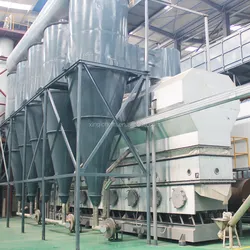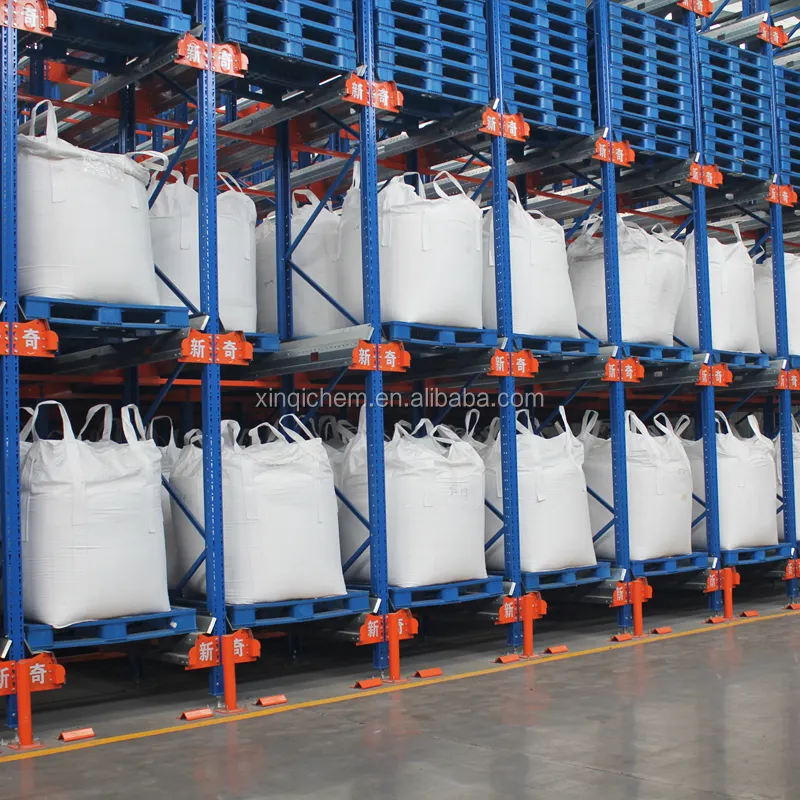Polyanionic cellulose (PAC) has emerged as a critical chemical additive in modern oil drilling operations, particularly due to its ability to enhance drilling fluid performance. As a water-soluble polymer derived from cellulose, PAC is chemically modified to introduce anionic groups, which impart unique rheological properties essential for drilling efficiency. Its primary function lies in stabilizing viscosity and reducing fluid loss—key factors that influence borehole integrity and drilling speed. Unlike conventional additives, PAC maintains consistent performance under high temperatures and salinity conditions, making it indispensable in complex drilling environments.

The material’s biodegradability and low toxicity further align with environmental regulations, positioning it as a preferred choice for sustainable drilling practices. The application of PAC in drilling fluids manifests through three core mechanisms: viscosity enhancement, filtration control, and shale stabilization. As a viscosifier, PAC increases the fluid’s consistency, improving its ability to carry drill cuttings to the surface—a critical factor in maintaining drilling efficiency and preventing wellbore collapse. Simultaneously, it acts as a filtration control agent by forming a thin, impermeable filter cake on permeable formations, thereby minimizing fluid loss into surrounding rock strata. This dual functionality not only protects reservoir productivity but also reduces the risk of differential sticking.

Additionally, PAC’s shale stabilization capabilities arise from its adsorption onto clay surfaces, which inhibits hydration-induced swelling and subsequent wellbore instability. Field trials in deepwater and high-temperature reservoirs have demonstrated that PAC-based fluids can reduce non-productive time by up to 30% compared to conventional systems, while also extending bit life through improved hole cleaning. Beyond its technical advantages, PAC’s economic and environmental benefits solidify its role as a cornerstone of modern drilling operations. Cost-effectiveness stems from its ability to replace multiple additives with a single compound, reducing procurement and logistics expenses while simplifying fluid maintenance protocols. Environmentally, PAC’s biodegradability and minimal aquatic toxicity align with stringent regulatory frameworks, mitigating ecological risks associated with drilling waste disposal. Notably, its application in sensitive areas like Arctic or offshore fields demonstrates compatibility with zero-discharge policies. From a sustainability perspective, PAC’s performance-enhancing properties indirectly lower carbon footprints by optimizing drilling efficiency—fewer trips for bit changes and reduced energy consumption for fluid circulation. This dual impact on operational costs and environmental compliance positions PAC as a strategic asset for operators pursuing both profitability and regulatory adherence in today’s energy landscape.